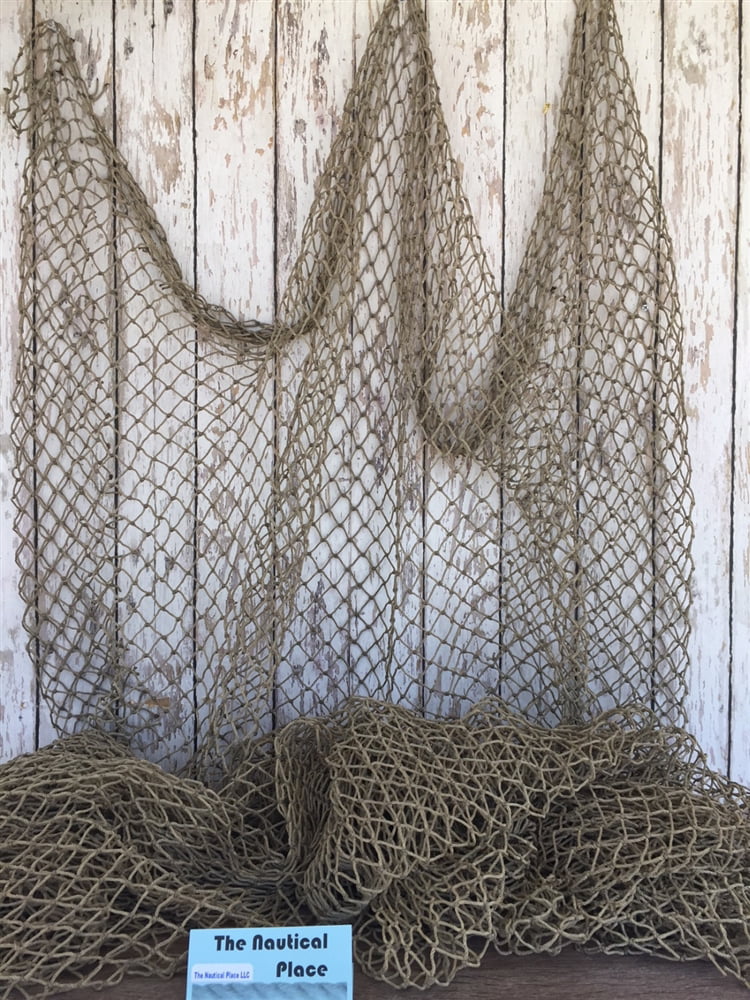What Material Are Fishing Nets Made Of

What Material Are Fishing Nets Made Of?
Introduction
Fishing nets are one of the most common tools for catching fish, and have been around for centuries. This article will explore what materials are used to make fishing nets today, and how these materials have evolved over time. We will also discuss the advantages and disadvantages of different materials, and the impact they have on the environment. Finally, we will look at the future of fishing net materials and the potential for more sustainable alternatives.
Traditional Materials
Traditionally, fishing nets were made from natural fibers such as cotton, hemp, jute, and flax. These materials were strong, durable, and could be woven into a variety of shapes and sizes. However, they were also prone to rotting, and the production process was lengthy and labor-intensive. Additionally, the use of these materials had a negative impact on the environment, as they were often harvested from unsustainable sources.
Modern Materials
Today, fishing nets are primarily made from synthetic fibers such as nylon, polyester, and Kevlar. These materials are stronger, lighter, and more resistant to wear and tear than traditional materials. They are also easier to produce and transport, making them more cost-effective. However, synthetic materials are non-biodegradable and can take thousands of years to decompose, contributing to the growing problem of plastic pollution in our oceans.
Alternative Materials
Fortunately, there are a few more sustainable alternatives to nylon and other synthetic materials. For example, PHA (polyhydroxyalkanoate) is a biodegradable plastic made from renewable resources that can be used to make fishing nets that are strong and durable. Additionally, a variety of natural fibers, such as bamboo, can also be used to create fishing nets that are both strong and biodegradable.
Impact on the Environment
The materials used to make fishing nets have a huge impact on the environment, both directly and indirectly. Synthetic materials, such as nylon, are non-biodegradable and can take thousands of years to decompose, leading to the accumulation of plastic pollution in our oceans. On the other hand, natural fibers, such as cotton and hemp, are biodegradable and can be harvested from sustainable sources. Additionally, using sustainable materials can reduce the energy and resources needed to produce fishing nets.
The Future of Fishing Net Materials
As the problem of plastic pollution continues to grow, it is becoming increasingly important to find more sustainable alternatives for fishing net materials. Fortunately, there are a few promising alternatives, such as PHA and natural fibers, which are both strong and biodegradable. Additionally, research is being done to find new materials that are even more sustainable and environmentally friendly. As these materials become more widely available, it is likely that fishing nets will become more sustainable and have a less negative impact on the environment.
Conclusion
Fishing nets have been around for centuries and have traditionally been made from natural fibers such as cotton, hemp, and jute. However, modern fishing nets are primarily made from synthetic fibers, such as nylon, polyester, and Kevlar. These materials are strong and durable, but they are also non-biodegradable and can take thousands of years to decompose. Fortunately, there are a few more sustainable alternatives, such as PHA and natural fibers, which can help reduce the environmental impact of fishing nets. As research continues and new materials become available, it is likely that fishing nets will become more sustainable and have a less negative impact on the environment.